What Are Fixtures in an Interior Design Plan?
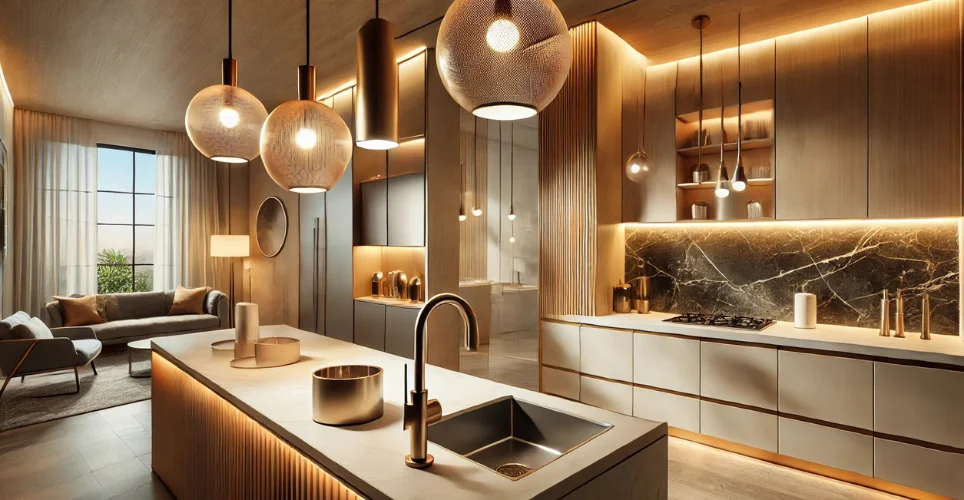
Introduction
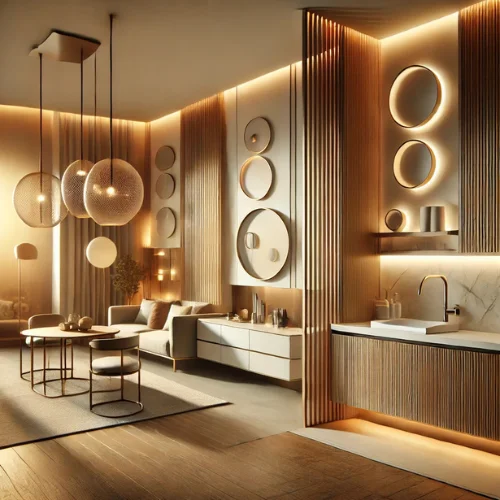
Fixtures play a crucial role in interior design. They are the permanent or semi-permanent elements that contribute to both functionality and aesthetics. Understanding fixtures helps homeowners, designers, and builders create cohesive, practical spaces. In this guide, we will explore the importance, types, selection criteria, and common questions surrounding fixtures in an interior design plan.
What Are Fixtures?
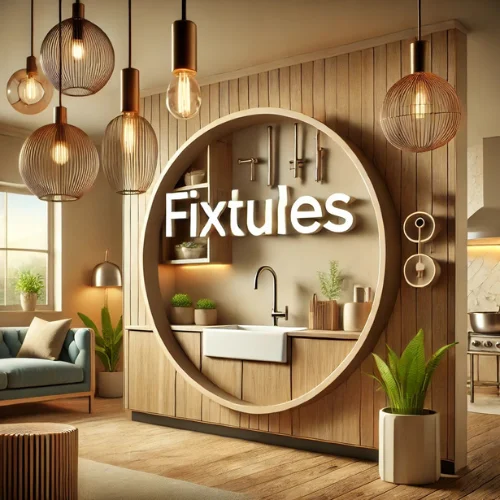
Fixtures are built-in or attached elements that stay in place when a property is sold. They differ from furnishings, which can be moved easily. Fixtures provide both utility and decor, shaping the overall ambiance of a space.
Characteristics of Fixtures
Fixtures share some key attributes:
- Permanence: They are attached to walls, ceilings, or floors.
- Functionality: They serve a practical purpose.
- Aesthetic Value: They enhance the space’s design.
- Legal Consideration: They are often included in property sales.
Importance of Fixtures in Interior Design
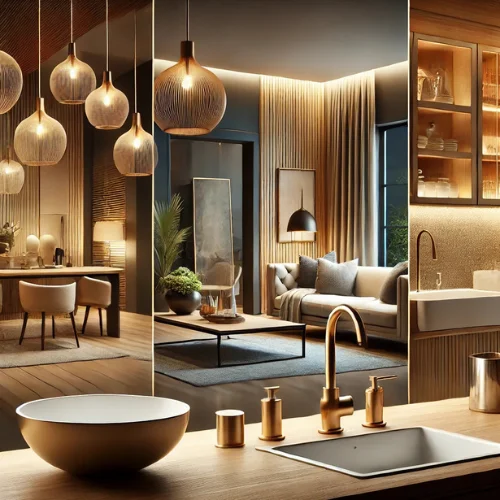
Fixtures are fundamental to interior spaces. They contribute to:
- Aesthetic Appeal: They create a harmonious look and feel.
- Efficiency: Proper lighting, plumbing, and cabinetry improve usability.
- Property Value: High-quality fixtures increase a home’s market worth.
- Customization: They reflect personal style and preferences.
Types of Fixtures in Interior Design
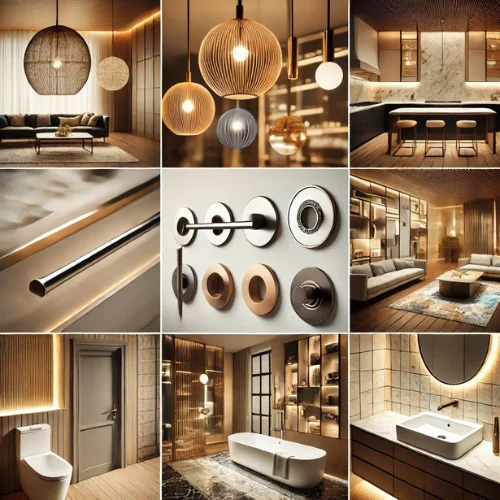
Fixtures come in various forms, serving different functions within a home.
Lighting Fixtures
Lighting affects mood, functionality, and design. Common types include:
- Ceiling Lights: Chandeliers, pendant lights, and recessed lighting.
- Wall-mounted Lights: Sconces and track lighting.
- Floor and Table Lamps: Often considered semi-permanent.
- Smart Lighting: Adjustable lighting systems for efficiency.
Plumbing Fixtures
Plumbing fixtures facilitate water usage and drainage. They include:
- Sinks: Found in kitchens and bathrooms.
- Faucets: Essential for water flow control.
- Bathtubs and Showers: Major bathroom fixtures.
- Toilets: A necessity in every home.
Built-in Storage Fixtures
Storage fixtures improve organization and aesthetics.
- Cabinets: Installed in kitchens, bathrooms, and offices.
- Closets: Walk-in or built-in options provide ample storage.
- Shelving Units: Wall-mounted or integrated into furniture.
Flooring and Wall Fixtures
These elements define a room’s texture and style.
- Tiles and Hardwood Floors: Durable and stylish options.
- Wall Panels and Moldings: Enhance visual interest.
- Wallpaper and Paint: Though removable, they often act as fixtures.
Kitchen and Bathroom Fixtures
These rooms rely heavily on well-placed fixtures.
- Countertops: Installed for cooking and storage.
- Backsplashes: Protect walls from stains.
- Mirrors: Fixed above sinks or vanity areas.
Electrical Fixtures
Electricity-dependent fixtures ensure comfort and safety.
- Switches and Outlets: Control lighting and appliances.
- Ceiling Fans: Provide airflow and lighting.
- HVAC Systems: Heating, ventilation, and cooling units.
How to Choose the Right Fixtures
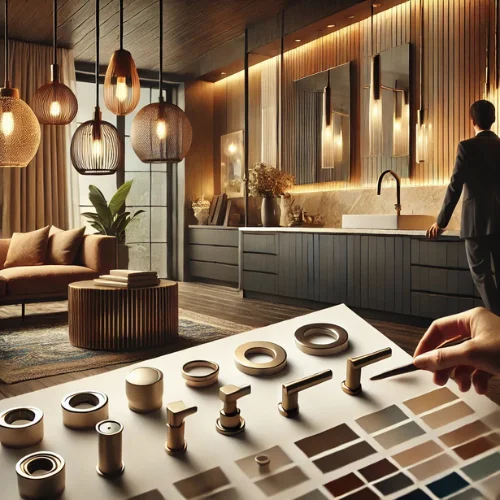
Selecting fixtures requires careful planning. Consider the following factors:
Budget
Determine how much you can spend. Quality fixtures can be an investment but enhance longevity and appeal.
Style
Ensure fixtures align with the interior theme. Modern, minimalist, rustic, or industrial—each style requires distinct fixtures.
Functionality
Choose fixtures that fulfill specific needs. A well-lit kitchen, for example, benefits from bright task lighting.
Durability
Opt for high-quality materials. Stainless steel, ceramic, and hardwood offer longevity.
Maintenance
Some fixtures require frequent upkeep. Glass light fixtures and marble countertops need regular cleaning.
Energy Efficiency
Select eco-friendly fixtures. LED lighting and water-saving faucets reduce costs and environmental impact.
Common Mistakes When Choosing Fixtures
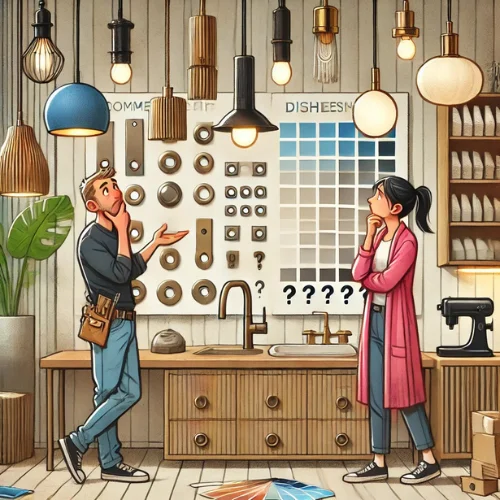
Many homeowners make errors in fixture selection. Avoid these pitfalls:
Ignoring Scale and Proportion
Large fixtures can overwhelm small rooms. Tiny fixtures may not provide enough functionality or style.
Overlooking Lighting Needs
A poorly lit room feels uninviting. Combine ambient, task, and accent lighting.
Prioritizing Aesthetics Over Functionality
Beautiful fixtures must also serve a purpose. A stunning sink is useless if it lacks proper drainage.
Neglecting Future Proofing
Trendy fixtures can become outdated quickly. Choose timeless designs for lasting appeal.
FAQs
What Is the Difference Between Fixtures and Fittings?
Fixtures are permanently attached, while fittings can be removed. For example, a built-in oven is a fixture, while a freestanding fridge is a fitting.
Can Fixtures Be Replaced Easily?
Some, like lighting and faucets, are replaceable. Others, like built-in cabinets, require professional help.
Are Fixtures Included in a Home Sale?
Yes, unless specified otherwise in the contract. Buyers should verify which fixtures stay.
What Are Some Budget-Friendly Fixture Options?
Consider energy-efficient lighting, prefabricated cabinets, and DIY backsplash tiles.
How Do I Maintain Fixtures?
Regular cleaning, prompt repairs, and occasional upgrades keep fixtures in good condition.
Conclusion
Fixtures are integral to interior design. They enhance functionality, style, and value. Choosing the right fixtures requires balancing aesthetics, budget, and practicality. With careful planning, fixtures can transform a space into a comfortable, stylish, and efficient environment.



